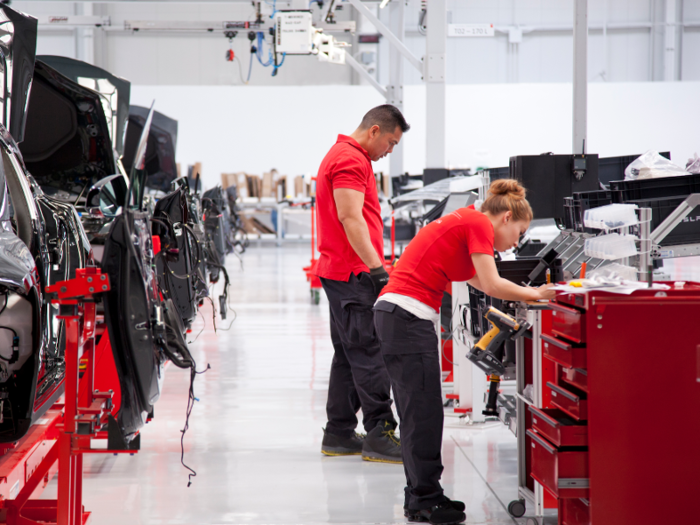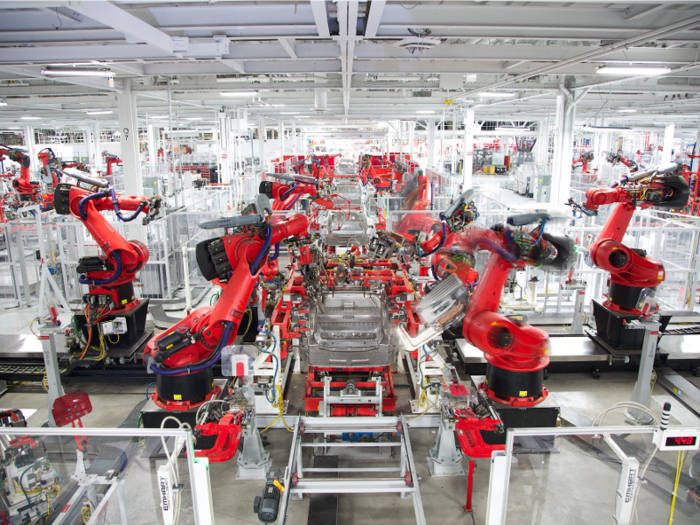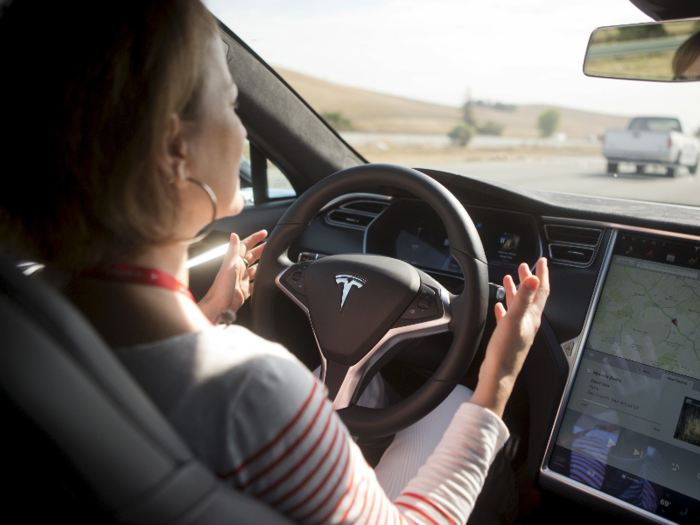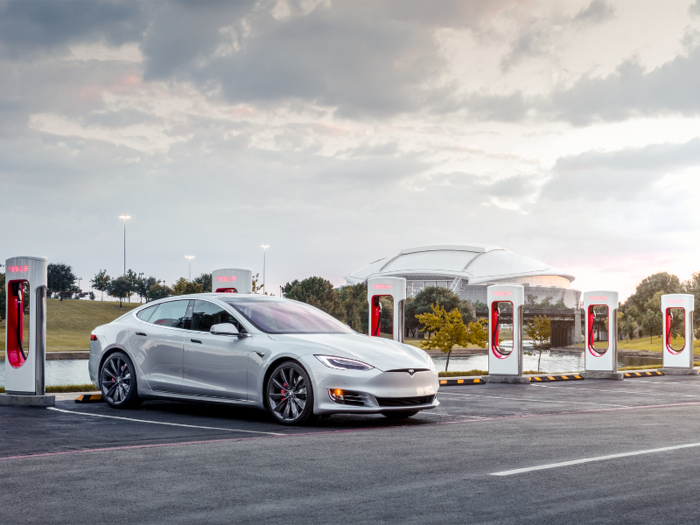- Home
- slideshows
- miscellaneous
- 5 times Tesla couldn't keep a promise about its electric vehicles
5 times Tesla couldn't keep a promise about its electric vehicles
Tesla has struggled to deliver its promise of a $35,000 Model 3.

Tesla moved up its goal of producing 500,000 Model 3s by a full two years, but fell well short of expectations.

Tesla's original plan was to deliver 500,000 vehicles by 2020.
But initial demand for the Model 3 exceeded 325,000 within months of announcement, leading the company to set ambitious goals and step up their target by a full two years.
To achieve this, Tesla set up Gigafactory 1 near Reno, Nevada, to produce the lithium ion batteries needed to power the Tesla.
As early as October of 2017, though, Musk was describing the situation as 'production hell'. The company stalled at a production rate of 5,000 units per week, which it struggled to surpass, falling well short of targets set throughout 2018.
The current target is to deliver 360,000 to 400,000 total vehicles by the end of 2019, having delivered 158,000 by July.
Tesla touted its nearly 100% automated production line — but had to backtrack after it missed production targets.

One of the ways Tesla planned to produce more cars in a shorter time frame is to develop fully automated production. The goal is to exceed the limits of human speed. At one point early in 2018, the company was trumpeting that the Model 3 production line was 95% automated. The shift was ambitious, but met with optimism and fanfare that it might just be the future of production.
Shortly after, though, Musk admitted that there was a need for a balance between man and machine to maximize production, and he tweeted that excessive automation was a mistake that might have caused Tesla to miss targets.
Tesla has even put out an email, as reported by Bloomberg, which discussed new job openings that indicate an expanding workforce for Tesla's factories. Musk will need to find a better balance, though, considering that his factories until now have had a reputation for attempting to achieve a brutal output — six employees seriously injured at the factories spoke to the Guardian last year about the conditions.
Elon Musk hyped a fully autonomous Tesla in 2016, but has since walked back his vision

In 2016, Musk drove anticipation with a declaration that a fully autonomous Tesla would drive across America in 2017.
Fast-forward to 2019. Instead of full automation, Tesla has taken steps to walk back the vision of a "fully automated" car. It created a Navigate on Autopilot feature, which requires hands on the steering wheel to function — a safety feature used by other manufacturers, but not one that Musk was keen to add. He repeatedly claims that the feature is safer than a manual driver, but a few driver deaths (at least four so far) have made consumers wary, leading to calls for the feature to be removed until a fully safe version can be developed.
And Tesla has fallen well short of its promises about the availability of Superchargers.

As 2018 came to a close, Elon Musk tweeted out that Tesla plans to cover 100% of European markets with Tesla Supercharger stations — "from Ireland to Kiev, from Norway to Turkey," as he said.
According to the Supercharger infomap, only half of Europe is currently supplied with Supercharger, with Eastern Europe a desert for Tesla owners.
Tesla has set similar targets before and missed each of them. In 2017, Tesla expanded to 8,250 locations after aiming to reach 10,000. The following year, the company set a target of 18,000 working stations but only managed around 11,850, according to Electrek.
Owners need the additional stations, too. While Tesla has revealed that 99% of Tesla owners are now within 150 miles of a Supercharger, the company has started to roll out a policy that will limit drivers to 80% charging their vehicles.
Popular Right Now
Popular Keywords
Advertisement